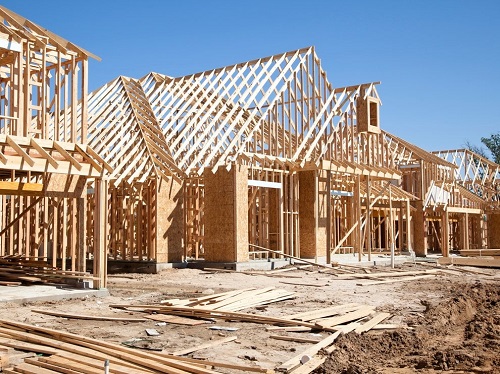 Thursday, May 16, 2024
Thursday, May 16, 2024  Thursday, May 16, 2024
Thursday, May 16, 2024 
The construction material of choice to build a cleaner, greener future may be nothing more technical than wood, scientists have said.
Shifting away from conventional construction materials and using more wood could be an effective means of making much more environmentally-friendly buildings and reducing the emissions associated with large-scale construction projects, new research suggests.
The combined impact of construction accounts for around one-third of global greenhouse emissions, according to researchers at Aalto University in Finland, and the Finnish Environment Institute.
Their research reveals that in Europe, around 190 million square metres of housing space are constructed each year, mostly in cities, and the amount being built is also going up fast – at a rate of nearly one per cent a year.
But they show that if 80 per cent of new residential buildings were made from wood – with wood used for the structure, cladding, surfaces and furnishings – altogether the new homes could store up to 55 million tons of carbon a year.
They said this figure is equivalent to nearly half (47 per cent) of the annual emissions from Europe’s cement industry.
“This is the first time that the carbon storage potential of wooden building construction has been evaluated on the European level, in different scenarios,” said Ali Amiri, who is completing his PhD at Aalto University.
“We hope that our model could be used as a roadmap to increase wooden construction in Europe.”
The research is based on 50 case studies, and the researchers divided buildings into three groups according to how much wood they use and, as a consequence, how much carbon dioxide they were capable of storing.